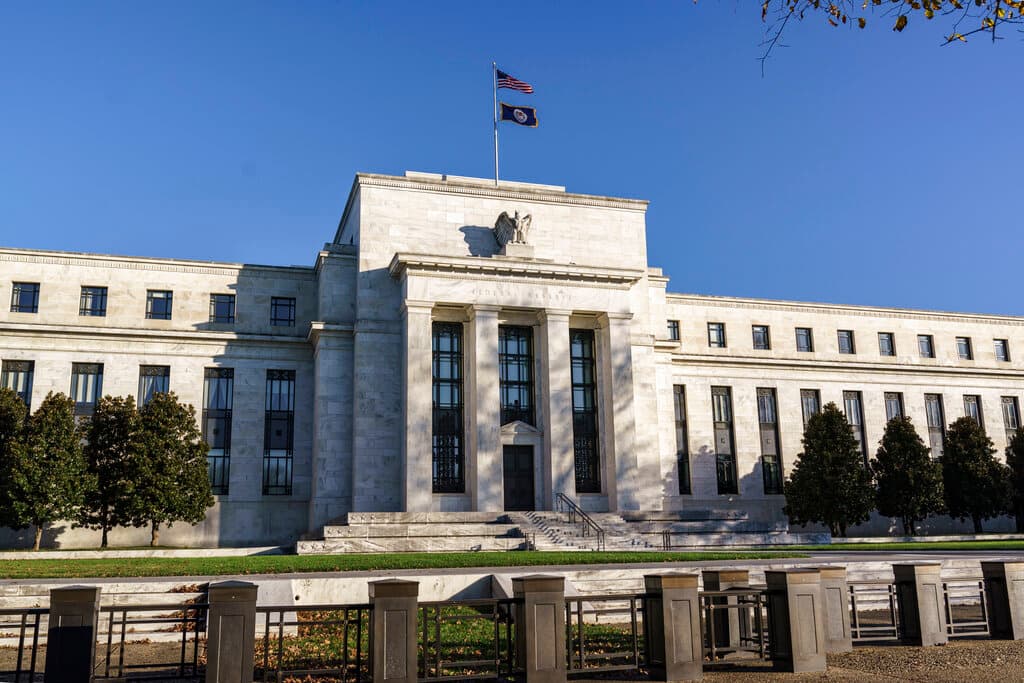The ‘Insolvency’ of the Fed
The Times observes that the Fed’s balance sheet is on a par with Silicon Valley Bank’s — illuminating the logic of a role for gold in the monetary system.

It’s nice to see in the Times the piece by Peter Coy likening the Fed’s balance sheet to Silicon Valley Bank. That might surprise the Grey Lady’s readers, but it won’t startle readers of Grant’s Interest Rate Observer — or, for that matter, the Sun. James Grant has been warning for years about the Fed’s balance sheet. We’ve covered his cautionary words. To us the Fed’s balance sheet illuminates the logic of a role for gold in the monetary system.
Please check your email.
A verification code has been sent to
Didn't get a code? Click to resend.
To continue reading, please select:
Enter your email to read for FREE
Get 1 FREE article
Join the Sun for a PENNY A DAY
$0.01/day for 60 days
Cancel anytime
100% ad free experience
Unlimited article and commenting access
Full annual dues ($120) billed after 60 days

